Home>Garden Essentials>What Fruit Has Its Seeds On The Outside
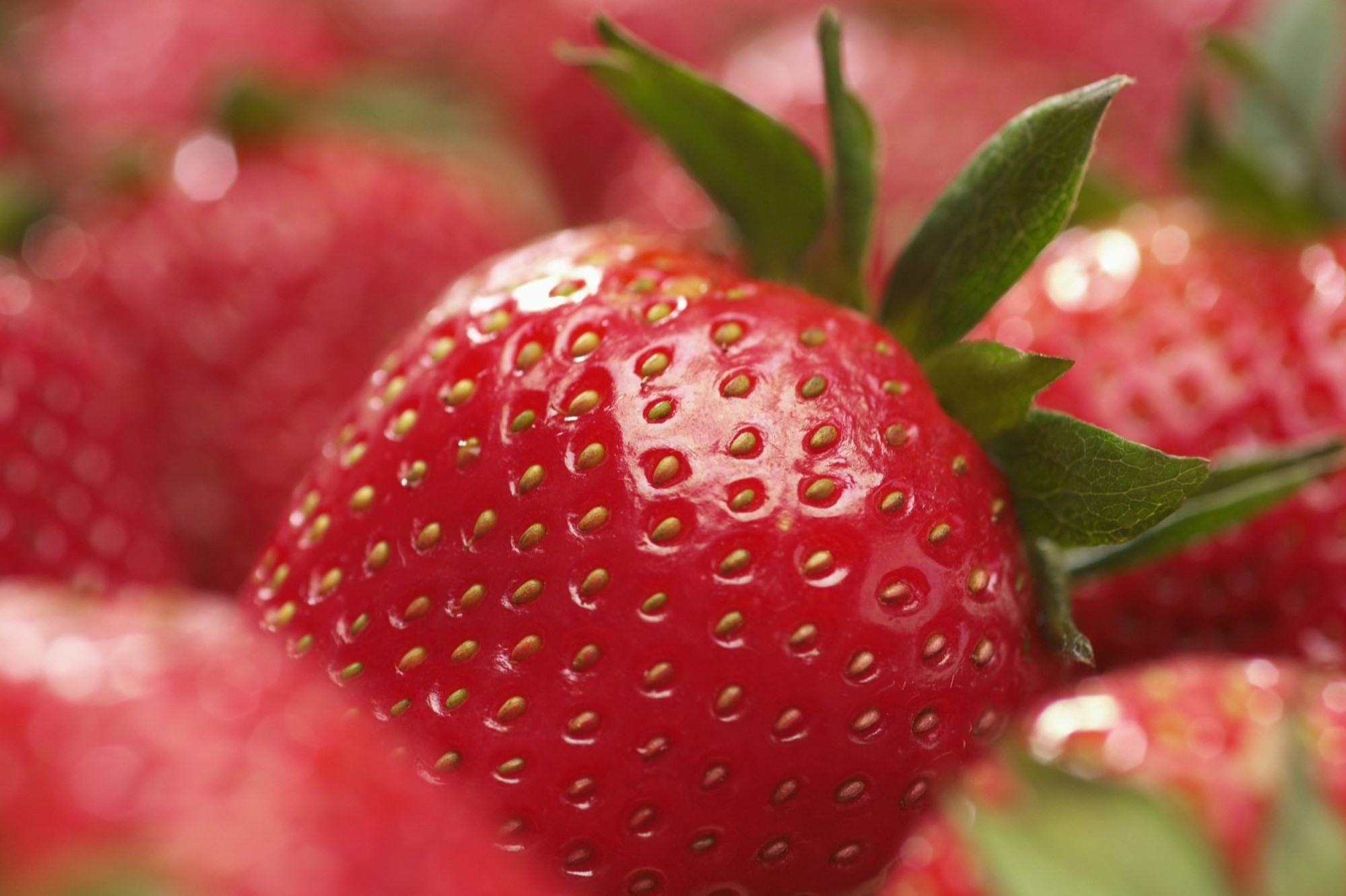

Garden Essentials
What Fruit Has Its Seeds On The Outside
Modified: March 16, 2024
Discover the unique garden fruit with seeds on the outside. Explore how this extraordinary phenomenon occurs and learn more about this fascinating botanical wonder.
(Many of the links in this article redirect to a specific reviewed product. Your purchase of these products through affiliate links helps to generate commission for Storables.com, at no extra cost. Learn more)
Introduction
When we think of fruits, we usually picture them with their seeds safely tucked away inside their juicy flesh. But did you know that there are actually some fruits that defy this norm? These unique fruits have their seeds on the outside, giving them a distinct appearance and texture. In this article, we will explore the fascinating world of fruits with external seeds, from the familiar strawberries to the exotic passion fruit.
What makes these fruits special is not just their unconventional seed placement, but also the variety of flavors and textures they offer. Whether you’re a fruit enthusiast or simply curious about nature’s wonders, these fruits will surely pique your interest.
Join us as we take a deep dive into the characteristics and unique qualities of these fruits with seeds on the outside. From juicy strawberries to tangy raspberries, we’ll discover what sets them apart and why they continue to be beloved by gardeners and fruit lovers alike.
So grab a seat and get ready to explore the world of fruits like never before. Let’s dive into the intriguing realm of fruits with seeds on the outside!
Key Takeaways:
- Discover the wonder of fruits with seeds on the outside, from crunchy strawberries to tropical passion fruit, offering unique textures and flavors for a delightful eating experience.
- Embrace the nutritional benefits and versatility of fruits with external seeds, adding excitement to culinary adventures and captivating the senses with nature’s ingenuity.
Read more: What Fruits Have Seeds On The Outside
Characteristics of fruits with seeds on the outside
Fruits with seeds on the outside, also known as aggregate fruits, are a unique category of fruits that have evolved their own distinct characteristics. Unlike most fruits where the seeds are hidden inside, these fruits proudly display their seeds on the exterior. Here are some key characteristics of fruits with seeds on the outside:
- Appearance: One of the most distinguishable features of these fruits is their distinctive appearance. The seeds are usually small, numerous, and evenly distributed across the surface of the fruit, creating a textured and speckled appearance.
- Texture: The presence of external seeds gives these fruits a unique texture. Depending on the type of fruit, the texture can range from slightly crunchy to soft and pulpy. This added texture adds interest and complexity to the overall eating experience.
- Flavor: Fruits with seeds on the outside often have a delicious burst of flavors. The seeds themselves may lend a subtle nuttiness or earthiness to the overall taste. Combined with the sweetness or tartness of the fruit flesh, these flavors create a delightful symphony on the taste buds.
- Nutritional value: These fruits are not just a treat for the taste buds but also pack a nutritional punch. The seeds are rich in essential nutrients like vitamins, minerals, and fiber, making them a healthy snack option.
- Growth pattern: Fruits with external seeds are typically classified as aggregate fruits. This means that they are formed by the fusion of multiple flowers on a single receptacle. Each flower contributes to the formation of a small, individual fruit, which collectively make up the entire fruit structure.
- Diverse species: Fruits with external seeds come from a wide range of plant families and species. They can be found in various climates and regions, from tropical areas to temperate zones. This diversity ensures that there is a fruit with external seeds to suit every palate and grow in various garden settings.
Now that we have explored the characteristics of fruits with seeds on the outside, let’s delve into some specific examples of these fascinating fruits and discover the unique qualities they possess!
Strawberry: the fruit with external seeds
When it comes to fruits with seeds on the outside, one of the most well-known and beloved examples is the strawberry. Strawberries are not just delicious, but their unique seed placement adds a touch of whimsy and texture to these vibrant red berries.
Strawberries are members of the Rosaceae family and are native to many parts of the world. They are actually not true berries in the botanical sense, but rather an aggregate accessory fruit. The external seeds of a strawberry are known as achenes, and each tiny seed is actually a separate fruit in itself.
What sets strawberries apart is their unmistakable appearance. The bright red flesh of a strawberry is dotted with numerous, tiny, yellowish seeds, creating a visually appealing contrast. These external seeds are not just for show – they also have a role to play in propagating the species. Each seed carries the potential to grow into a new strawberry plant, making them an integral part of the fruit’s lifecycle.
When it comes to taste, strawberries are beloved for their sweet yet slightly tangy flavor. The external seeds provide a subtle crunch, adding an interesting texture and enhancing the overall eating experience. Strawberries are not only delightful to eat on their own but can also be used in a variety of dishes, from desserts like strawberry shortcake to refreshing summer salads.
Health-wise, strawberries are a nutritional powerhouse. They are packed with vitamin C, antioxidants, and dietary fiber. These nutrients contribute to their potential health benefits, including boosting the immune system, promoting heart health, and aiding in digestion.
Whether enjoyed fresh, in jams or preserves, or as a topping for desserts, strawberries are a versatile fruit that offers both flavor and visual appeal. So the next time you bite into a juicy strawberry and feel the crunch of the tiny seeds, take a moment to appreciate the wonder of this fruit with seeds on the outside!
Kiwi: a fuzzy fruit with edible seeds on the outside
When it comes to unique fruits with seeds on the outside, the kiwi is a standout. This small, fuzzy fruit is not only visually distinct but also offers a delightful combination of flavors and textures.
The kiwi, also known as the Chinese gooseberry, is native to China but is now cultivated in many parts of the world. It belongs to the Actinidia genus and is a member of the Actinidiaceae family. While the exterior of a kiwi is covered in a fuzzy brown skin, it is the internal green flesh and the tiny black seeds that steal the show.
Unlike strawberries, the seeds of a kiwi are not technically external. The seeds are embedded within the flesh, but they are small and numerous. The beauty of the kiwi is that the seeds are not only edible but add a delightful crunch to each bite. Their presence enhances the overall texture of the fruit, creating a unique mouthfeel.
One of the key characteristics of kiwis is their flavor profile. Kiwis have a unique combination of sweet and tangy flavors, reminiscent of a cross between a strawberry and a pineapple. The seeds themselves contribute a nutty undertone to the overall taste, adding complexity to the flavor experience.
In terms of nutrition, kiwis are a powerhouse of vitamins and minerals. They are loaded with vitamin C, vitamin K, vitamin E, potassium, and fiber. These nutrients offer a range of health benefits, including boosting the immune system, supporting heart health, and aiding digestion.
Kiwis can be enjoyed in a variety of ways. Whether eaten on their own or used in fruit salads, smoothies, or desserts, kiwis add a refreshing and vibrant touch to any dish. The combination of their unique texture, flavorful flesh, and edible seeds make kiwis a true delight for fruit enthusiasts.
So the next time you encounter a kiwi with its fuzzy exterior, don’t hesitate to indulge in its deliciousness. Embrace the unique experience of tasting a fruit with edible seeds on the outside and savor all that the kiwi has to offer!
Raspberry: tiny seeds giving a crunchy texture
When it comes to fruits with seeds on the outside, raspberries are a prime example. These vibrant berries are not only bursting with flavor but also offer a delightful crunchy texture that comes from their small, external seeds.
Raspberries belong to the Rosaceae family and are native to Europe and Northern Asia. They are a type of aggregate fruit, similar to strawberries, where multiple small fruits are fused together to form a single structure. The key feature of raspberries is their abundant tiny seeds, which are distributed across the outer surface of the fruit.
What sets raspberries apart is the unique texture they possess. When you bite into a raspberry, you’ll notice the satisfying crunch that comes from the external seeds. These tiny seeds add a subtle yet delightful texture, providing a contrast to the soft and juicy flesh of the fruit. The crunchiness of the seeds enhances the overall eating experience, making raspberries a favorite among fruit enthusiasts.
In terms of flavor, raspberries are known for their balance of sweetness and tartness. The combination of the natural sugars and the slightly acidic tang creates a delicious flavor profile that is both refreshing and satisfying. The seeds themselves contribute a nutty undertone, adding depth to the overall taste experience.
Along with their delightful taste and texture, raspberries also offer numerous health benefits. They are rich in antioxidants, vitamins, and minerals, including vitamin C and manganese. These nutrients contribute to overall well-being and have been linked to potential benefits, such as boosting immune function and promoting healthy skin.
Raspberries can be enjoyed in various ways. They are delicious when eaten fresh out of hand, added to fruit salads, used in desserts like pies and tarts, or blended into smoothies. You can also preserve their delightful flavor by making jams or jellies to enjoy throughout the year.
So the next time you come across a bowl of raspberries, take a moment to appreciate their unique combination of flavors and the delightful crunch that comes from their tiny seeds. Enjoy the texture and taste experience that only a fruit with external seeds like the raspberry can provide!
Strawberries have their seeds on the outside, making them unique among fruits.
Blackberry: a sweet-tart fruit with seeds on the outside
Blackberries are a delectable fruit known for their distinctive sweet-tart flavor and their prominent external seeds. These berries, belonging to the Rosaceae family, offer a unique taste experience that is complemented by the crunchy texture of their seeds.
Blackberries are aggregate fruits, similar to raspberries and strawberries, where numerous small drupelets come together to form a single fruit. Each drupelet contains a seed that is displayed on the surface of the berry. This arrangement gives blackberries their characteristic appearance and provides a delightful crunch when consumed.
When it comes to flavor, blackberries offer a pleasing balance of sweetness and tartness. The natural sugars in the fruit contribute to its overall sweetness, while the tartness adds a refreshing zing. These flavors are enhanced by the presence of the external seeds, which provide a slightly nutty taste and add an enjoyable texture to each bite.
Blackberries are not only a delicious treat but also a nutritious one. They are packed with nutrients, including antioxidants, vitamins C and K, and dietary fiber. These antioxidants help protect the body against oxidative stress, while vitamin C supports immune health and collagen production. The fiber content promotes healthy digestion and can help regulate blood sugar levels.
One of the wonderful aspects of blackberries is their versatility in the kitchen. They can be enjoyed in a variety of ways, from eating them fresh as a snack to incorporating them into desserts such as pies, crumbles, and cobblers. They can also be used in jams, jellies, and sauces, or added to salads and smoothies for an extra burst of flavor.
Whether you stumble upon a wild blackberry bush or pick up a container at the grocery store, blackberries are a delightful fruit to savor. Allow yourself to delight in the unique combination of sweet and tart flavors and appreciate the crunchy texture provided by the seeds on the outside. Blackberries truly embody the beauty of fruits with seeds displayed for all to see.
Pomegranate: a tropical fruit with seeds encapsulated in arils
When it comes to fruits with seeds on the outside, the pomegranate stands out as a tropical marvel. This magnificent fruit is not only visually striking but also offers a unique twist on the concept of external seeds – the seeds are encapsulated in juicy, vibrant arils.
Pomegranates are native to regions such as Iran and northern India but are now cultivated in many parts of the world. They belong to the family Lythraceae and are renowned for their stunning appearance and rich flavor. The exterior of a pomegranate may seem unassuming, with a thick, leathery skin that ranges in color from deep red to pink or yellow. However, it is what lies inside that truly captivates the senses.
When you cut open a pomegranate, you’ll discover many small, juicy sacs known as arils. These arils are the edible part of the fruit, and within each aril is a seed. The arils themselves can range in color from ruby red to translucent, and they are filled with a sweet and tart juice that bursts with flavor.
What makes the pomegranate unique is the way the seeds are protected within the arils. Pomegranate seeds, also known as “jewels,” are small and hard, but they are surrounded by a delicate, edible casing in the form of the aril. This encapsulation not only adds a satisfying pop of juiciness when you bite into an aril but also protects the seeds from drying out or getting damaged.
The flavor of pomegranate arils is a delicious blend of sweet and tart notes, which can vary in intensity depending on the variety and ripeness of the fruit. The seeds themselves are mildly crunchy, providing a delightful texture that enhances the overall eating experience.
In addition to their delightful taste, pomegranates are packed with nutrients. They are rich in antioxidants, particularly punicalagins, which have been linked to potential health benefits such as reducing inflammation and protecting against chronic diseases. Pomegranates are also a good source of vitamin C, vitamin K, and fiber.
Pomegranate arils can be enjoyed in various ways. They can be eaten fresh on their own as a refreshing snack, added to salads for an extra burst of flavor, or used as a topping for desserts and breakfast bowls. Pomegranate juice, extracted from the arils, is also a popular choice for beverages and can be used in cocktails, smoothies, or even as a marinade.
So the next time you indulge in the tropical fruit goodness of a pomegranate, take a moment to appreciate the unique concept of seeds enclosed within juicy arils. Savor the delightful combination of flavors and textures that only a fruit like the pomegranate can offer.
Passion Fruit: seeds embedded in a jelly-like pulp
Passion fruit is a tropical fruit that captures the imagination with its vibrant color, aromatic fragrance, and unique presentation of seeds. This fruit is not only visually captivating but also offers a delightful taste experience with seeds that are embedded in a jelly-like pulp.
Belonging to the Passifloraceae family, passion fruit is native to South America, but it is now cultivated in many tropical and subtropical regions around the world. The fruit is typically round or oval-shaped, with a tough outer skin that can range in color from yellow to purple. However, it is what lies within that makes the passion fruit truly extraordinary.
When you cut open a passion fruit, you’ll discover a cavity filled with a gelatinous pulp that is packed with tiny black seeds. The seeds are distributed throughout the pulp, creating a visually striking appearance. Unlike the external seeds of other fruits, passion fruit seeds are not exposed on the fruit’s surface but are instead nestled within the jelly-like pulp.
The pulp of the passion fruit is where the magic happens. It has a unique texture that is simultaneously smooth, slippery, and slightly grainy. This gelatinous consistency, combined with the tangy and tropical taste, creates a captivating sensory experience.
The flavor of passion fruit is intense and distinctive. It is often described as a balance between sweet and tart, with a tangy twist that is reminiscent of guava or pineapple. The seeds themselves, although small, provide a subtle crunch that adds an extra layer of texture to the overall eating experience.
In addition to their delightful taste and texture, passion fruits are also a good source of vitamins A and C, dietary fiber, and antioxidants. These nutrients contribute to overall well-being and are known for their potential health benefits, such as boosting immune function and supporting digestive health.
Passion fruit is a versatile fruit that can be enjoyed in various ways. The pulp can be scooped out and eaten on its own, or it can be used as a topping for desserts, added to smoothies or tropical fruit salads, or even used as a flavoring in sauces, dressings, and cocktails.
So the next time you have the opportunity to taste the extraordinary flavor of a passion fruit, allow yourself to immerse in its unique combination of taste and texture. Discover the delight of biting into seeds that are embedded in a jelly-like pulp and embrace the tropical allure of the passion fruit!
Other fruits with external seeds
While strawberries, kiwis, raspberries, blackberries, pomegranates, and passion fruits are some of the most well-known fruits with external seeds, there are several other fascinating fruits that deserve recognition for their unique qualities and seed placement. Here are a few more examples:
- Guava: Guava is a tropical fruit that is beloved for its sweet and tangy flavor. It has seeds that are embedded in the soft flesh, creating a delightful crunch when consumed.
- Kiwano: Also known as African horned melon, the kiwano is a spiky fruit with bright orange skin. Its yellow-green flesh is filled with edible seeds that give a pleasing crunch and add texture to each bite.
- Dragon Fruit: Dragon fruit, also called pitaya, is known for its vibrant pink or white flesh. The seeds are small and black, giving a subtle crunch that contrasts with the smoothness of the fruit pulp.
- Fig: Figs are unique fruits with a sweet and honey-like flavor. The small seeds are dispersed throughout the fleshy interior, adding a gentle crunch and texture to the soft fruit.
- Kiwi Berry: Kiwi berries are miniature versions of kiwis, but with a smoother skin. They have small, edible seeds that contribute to the delightful textural experience.
- Litchi: Litchi, also known as lychee, is a tropical fruit with a thin, rough skin and sweet, juicy flesh. It contains a single seed in the center, which adds a subtle crunch to the fruit’s tender texture.
These fruits, along with others not mentioned here, provide a diverse array of flavors, textures, and visual appeal. Each fruit with external seeds offers a unique eating experience and showcases the ingenuity of nature in designing fruits that captivate our senses.
Whether you’re exploring a familiar fruit or trying something new, take the time to appreciate the intricate beauty of fruits with seeds on the outside. Embrace the crunch, savor the flavors, and let yourself be amazed by the natural wonders that these fruits have to offer.
So don’t hesitate to embark on a fruity adventure and discover the hidden wonders of these lesser-known fruits with external seeds!
Read more: What Fruits Are True To Seed
Conclusion
Fruits with seeds on the outside offer a unique and captivating experience for fruit enthusiasts. From the familiar strawberries and raspberries to the exotic passion fruit and kiwano, these fruits defy expectations by proudly displaying their seeds on the exterior. This unconventional seed placement adds texture, flavor, and visual appeal, making them a delight to eat and admire.
Throughout this article, we’ve explored the characteristics and qualities of various fruits with external seeds, each possessing its own distinct charm. Whether it’s the crunchiness of the tiny seeds in strawberries and blackberries, the edible arils encapsulating the seeds in pomegranates, or the jelly-like pulp surrounding the seeds in passion fruit, these fruits offer an array of textures that enhance the overall eating experience.
Not only are these fruits a treat for the taste buds, but they also offer nutritional benefits. Packed with vitamins, minerals, fiber, and antioxidants, they contribute to a well-rounded and wholesome diet. From promoting immune health to aiding digestion, these fruits with external seeds have much to offer in terms of overall well-being.
Whether enjoyed fresh, used in various culinary creations, or utilized in refreshing beverages, fruits with seeds on the outside offer versatility in both preparation and consumption. Their unique qualities make them beloved by fruit enthusiasts and gardeners alike, while their vibrant colors and intriguing flavors make them a feast for the eyes and the palate.
So the next time you encounter a fruit with seeds on the outside, be it the iconic strawberries or the enchanting dragon fruit, take a moment to relish in the wonder of nature’s design. Embrace the diverse textures, flavors, and nutritional benefits these fruits bring, and let them add a touch of excitement to your culinary adventures.
In the world of fruits, there is always more to explore, discover, and appreciate. So go ahead, indulge in the delightful experience of fruits with seeds on the outside, and let their natural beauty and deliciousness leave you in awe of the wonders of the garden.
Frequently Asked Questions about What Fruit Has Its Seeds On The Outside
Was this page helpful?
At Storables.com, we guarantee accurate and reliable information. Our content, validated by Expert Board Contributors, is crafted following stringent Editorial Policies. We're committed to providing you with well-researched, expert-backed insights for all your informational needs.
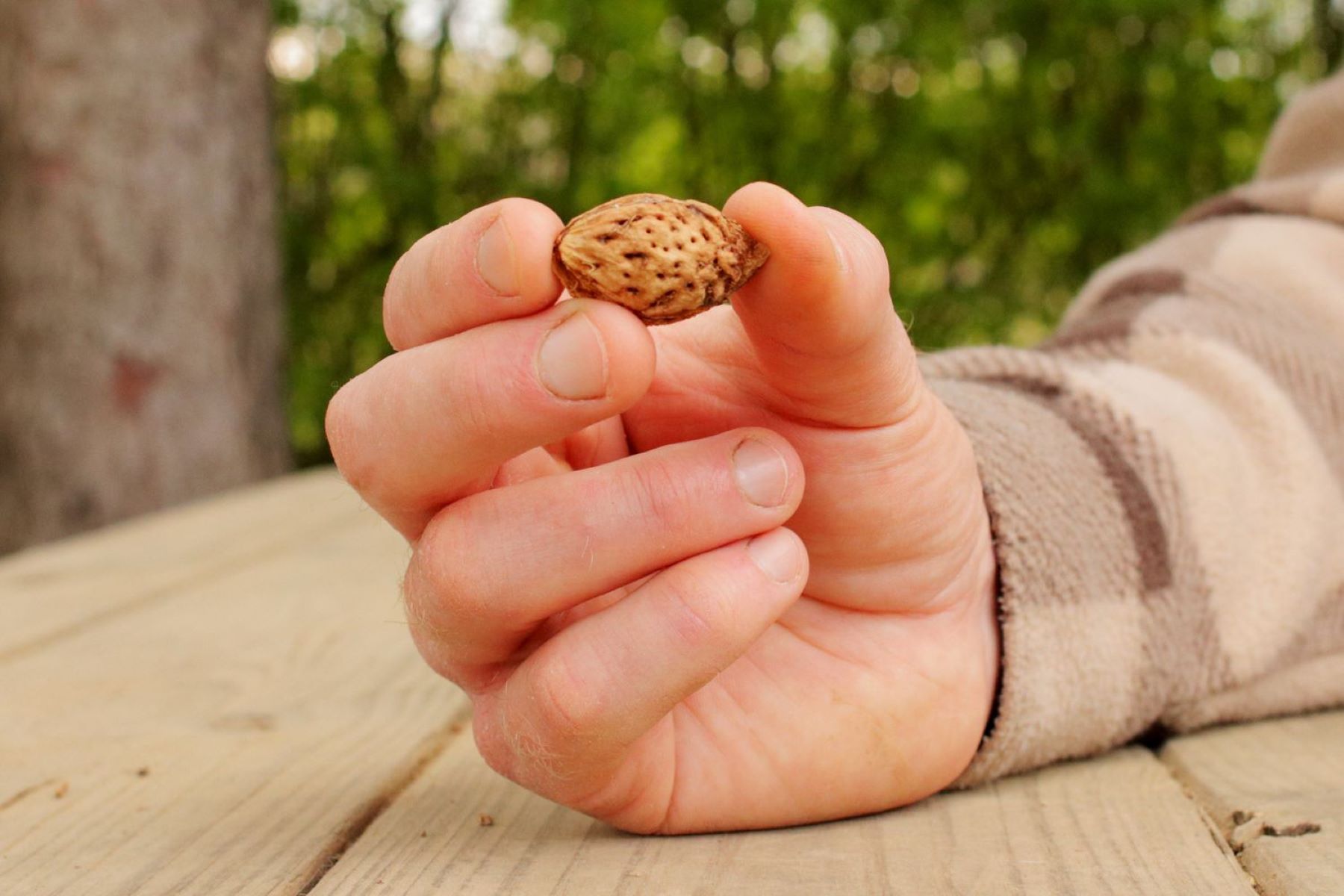


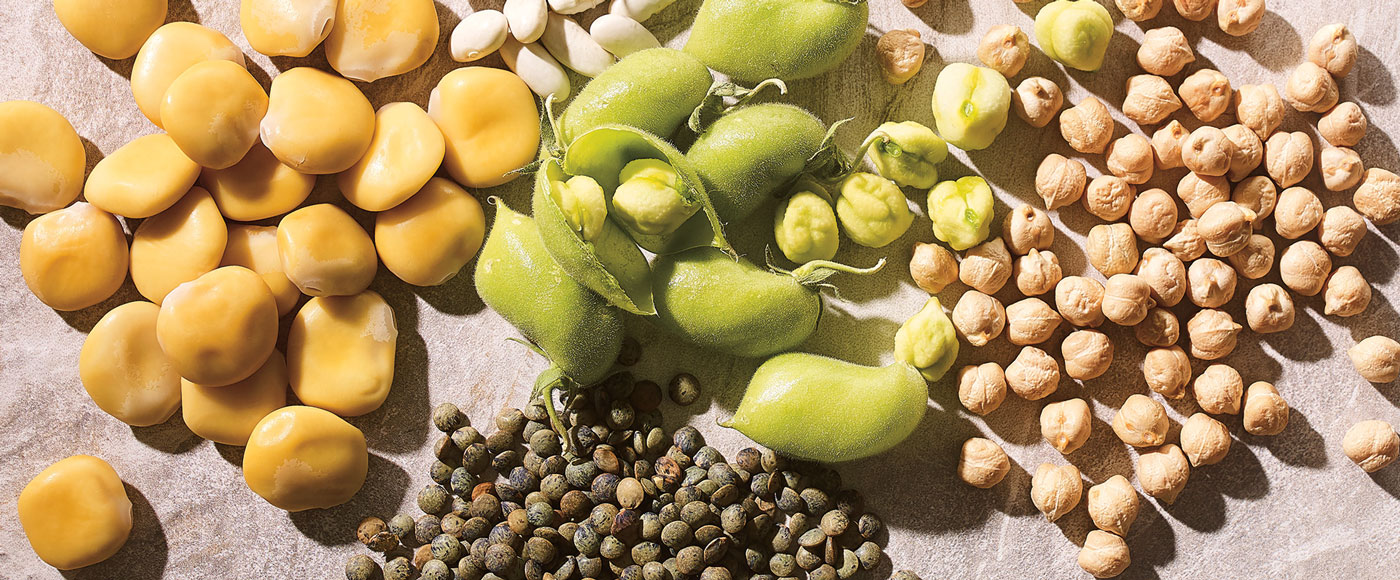
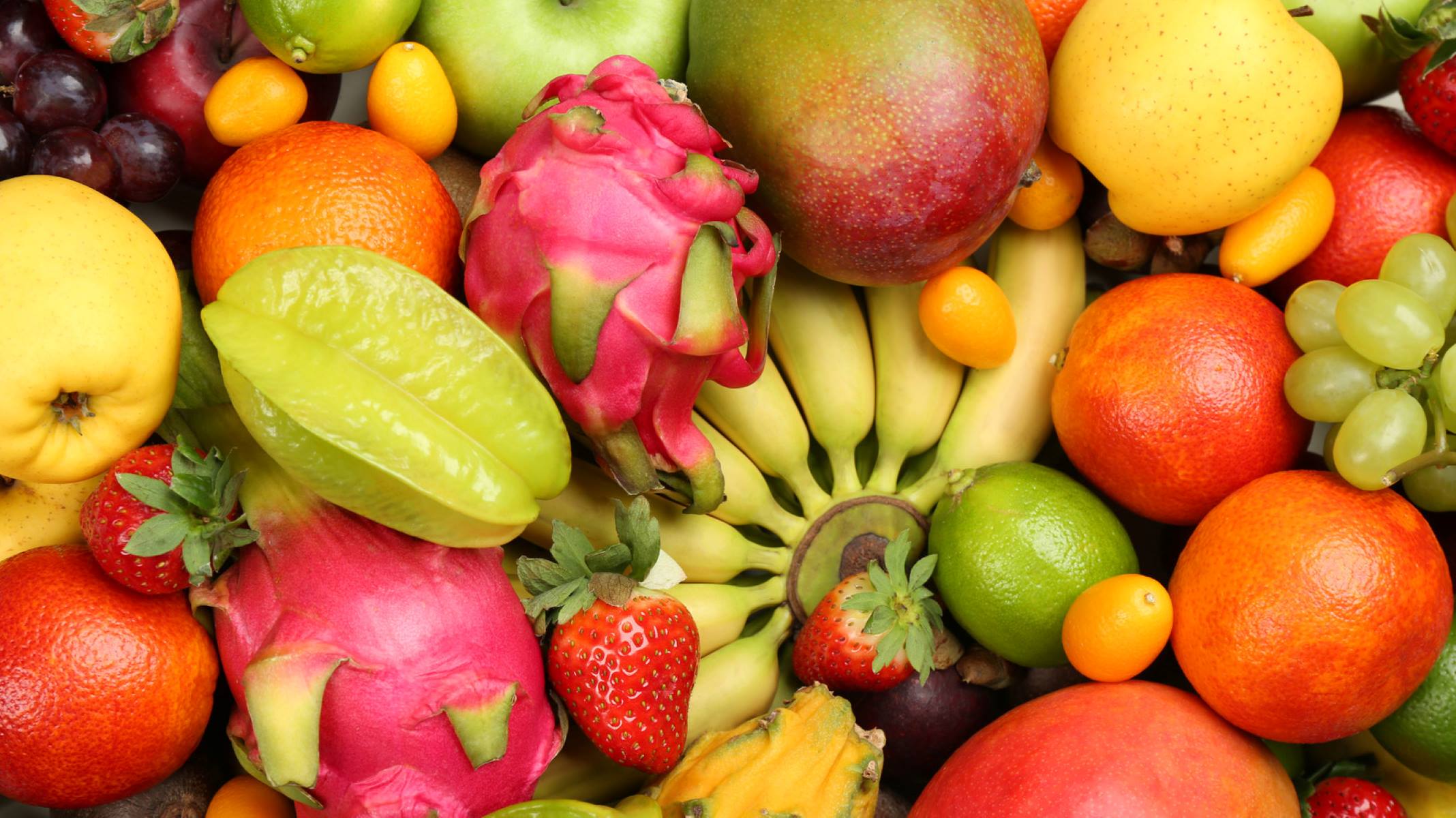
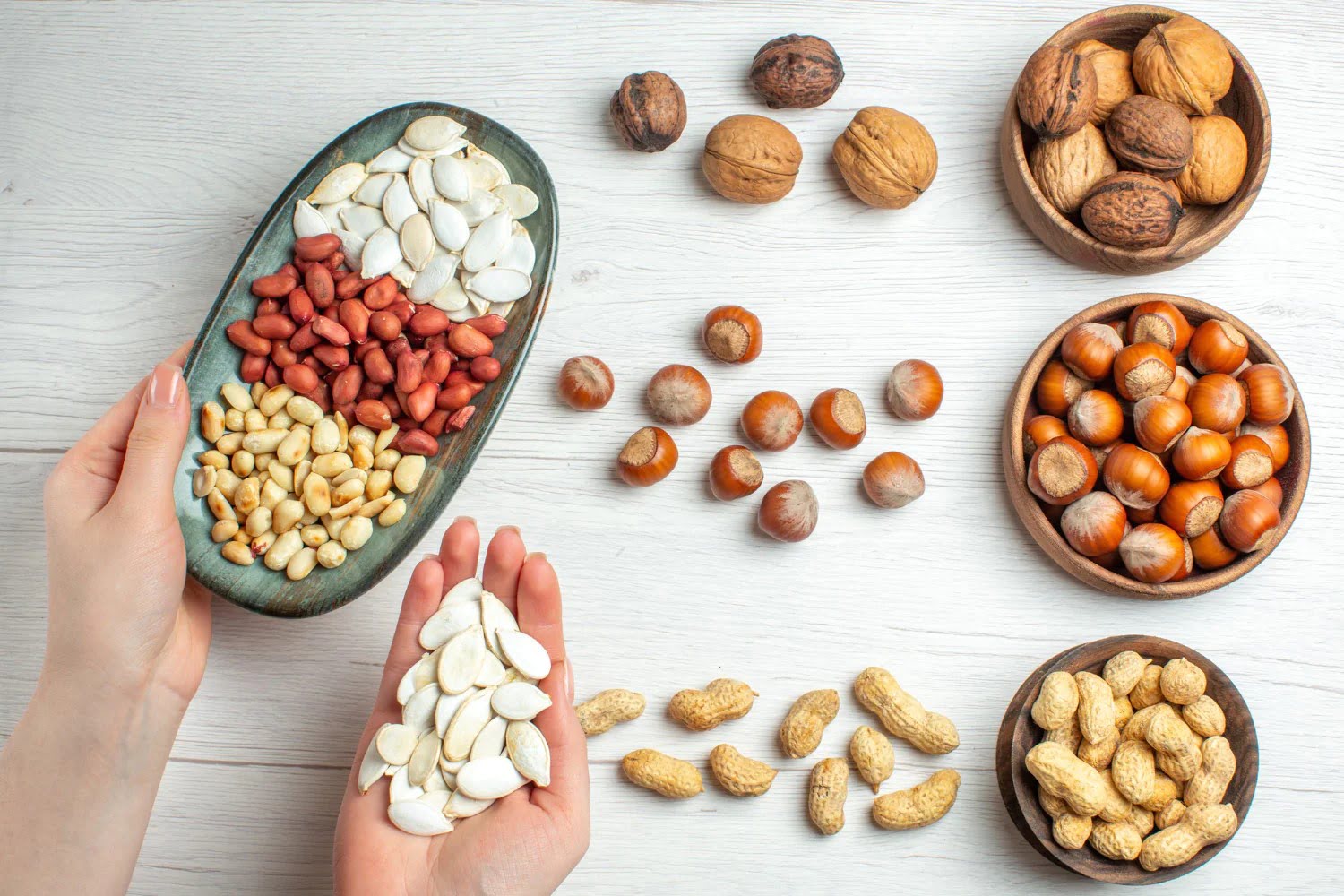
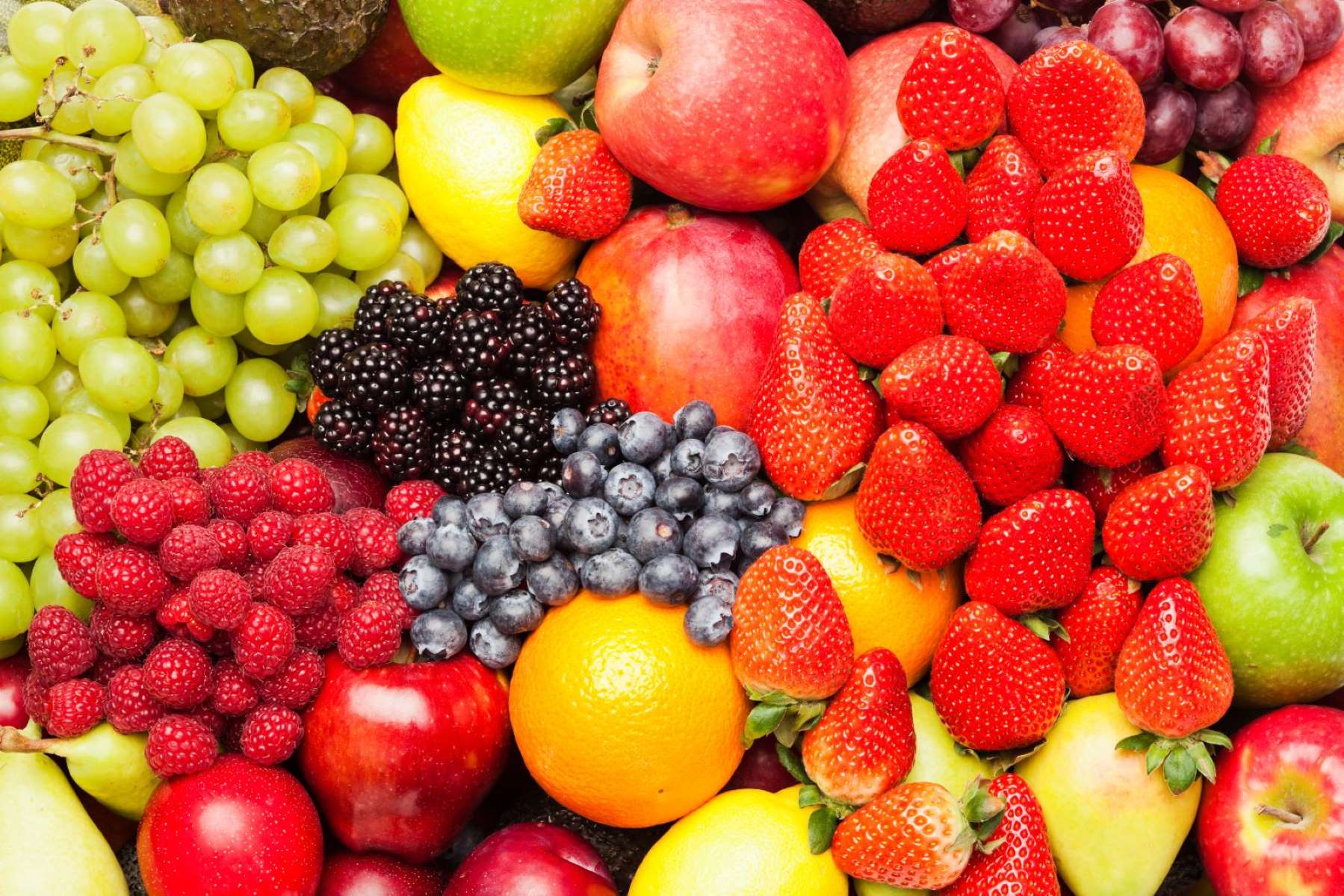
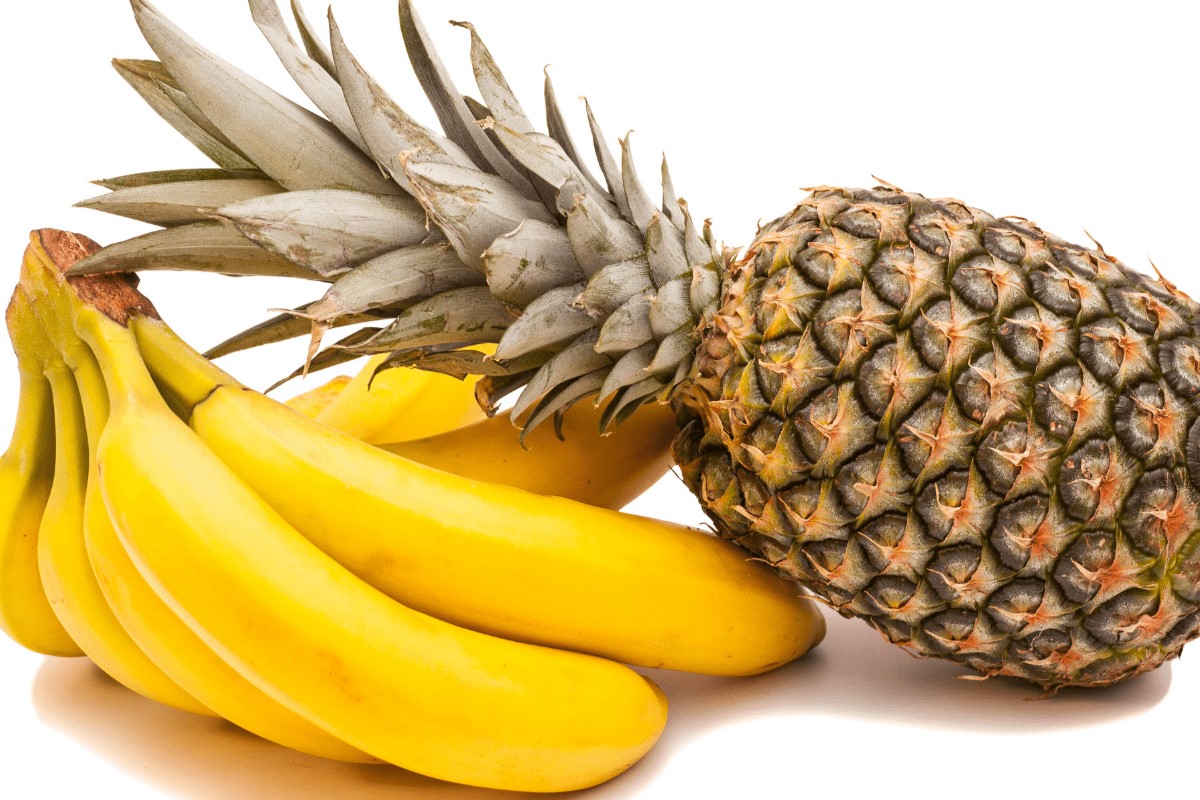
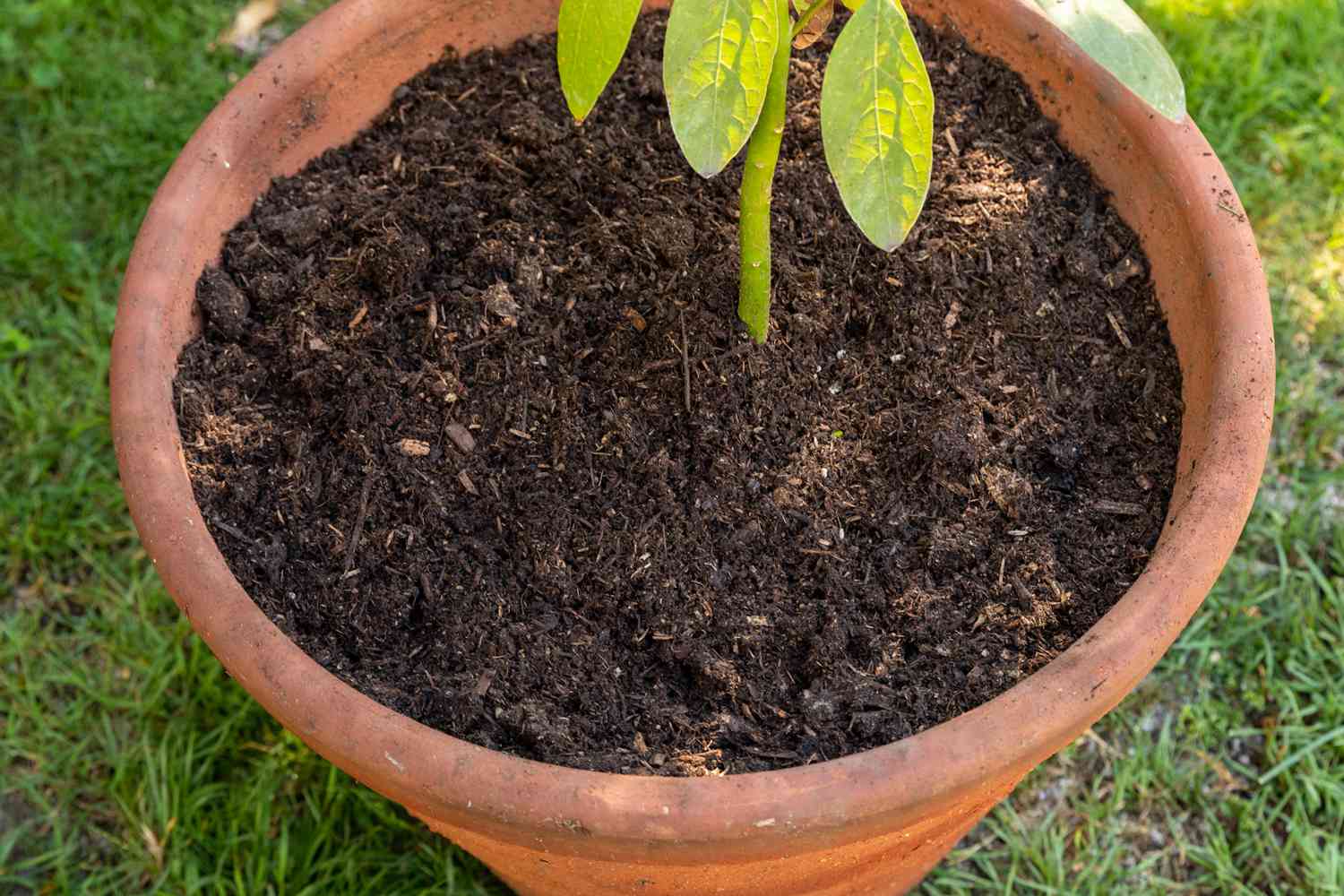
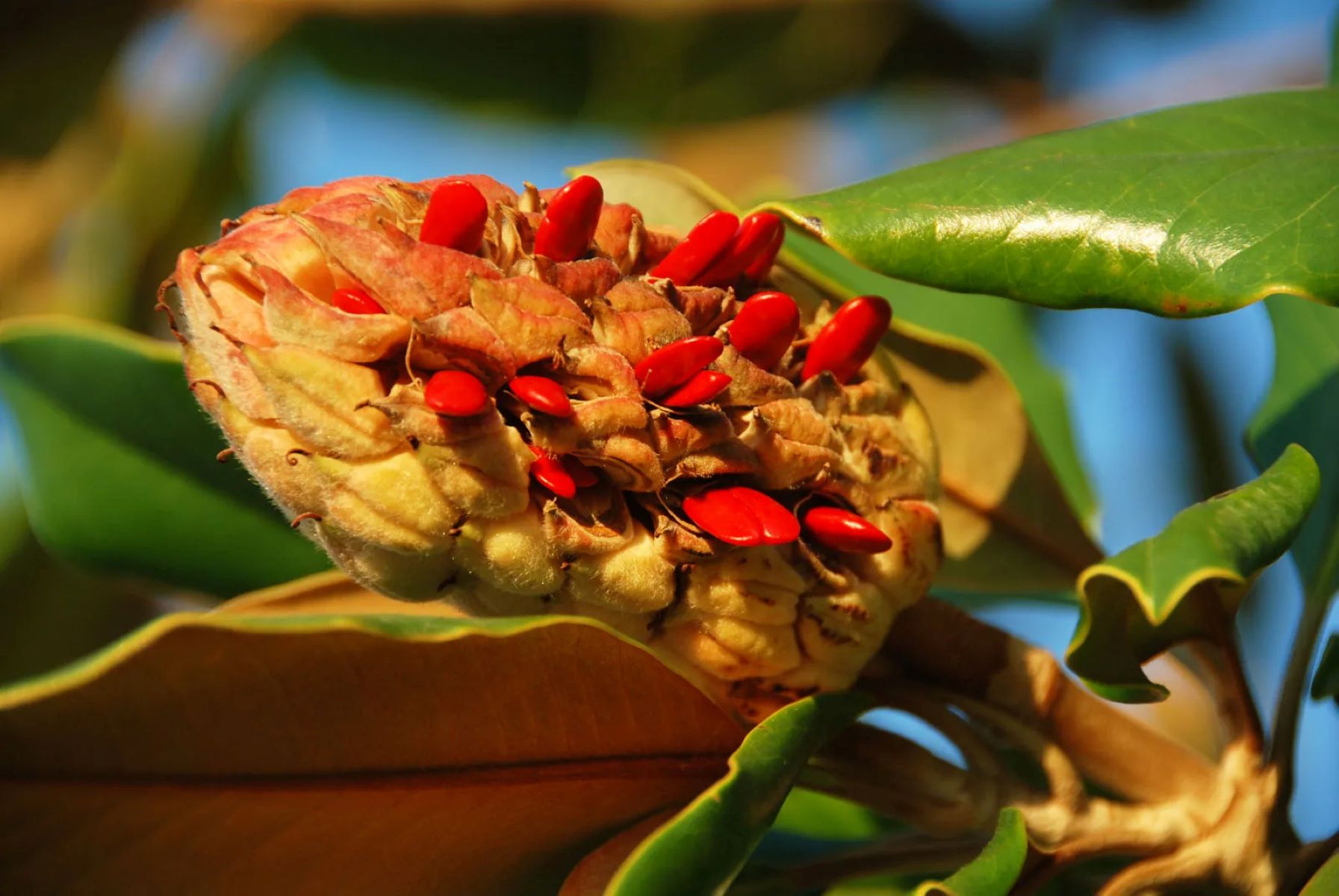
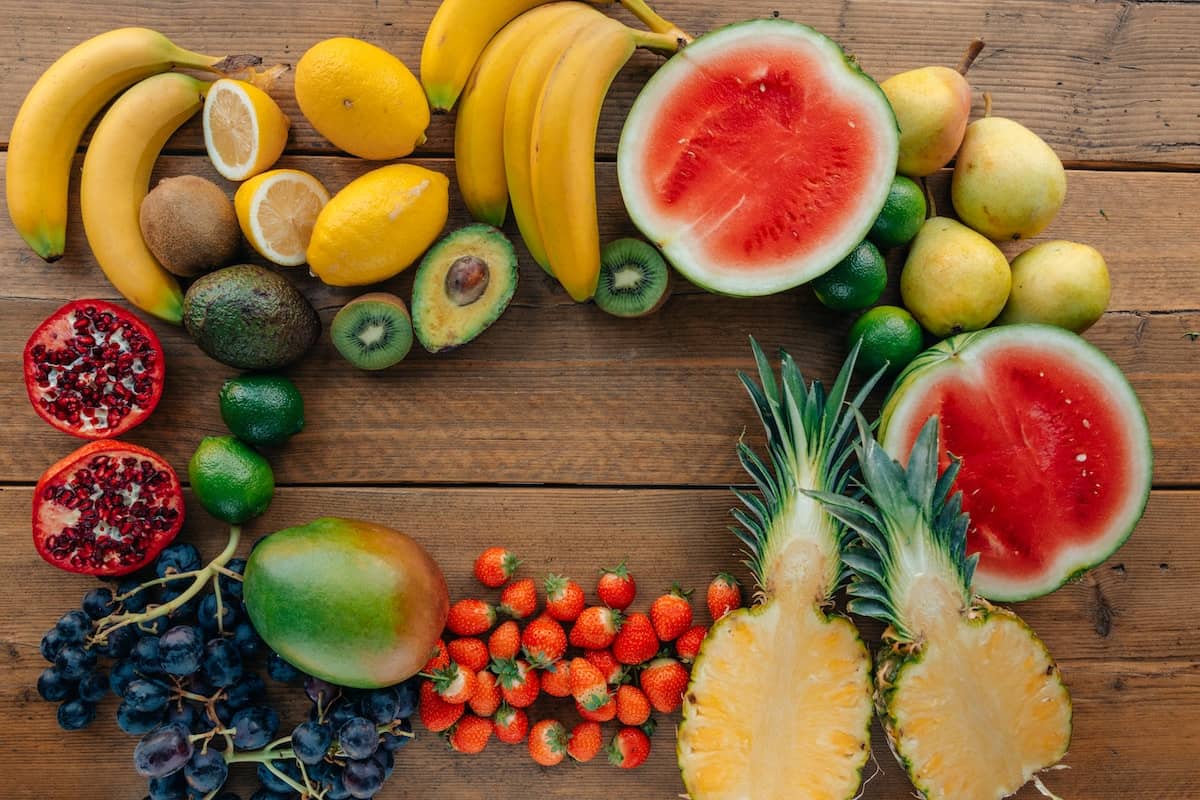
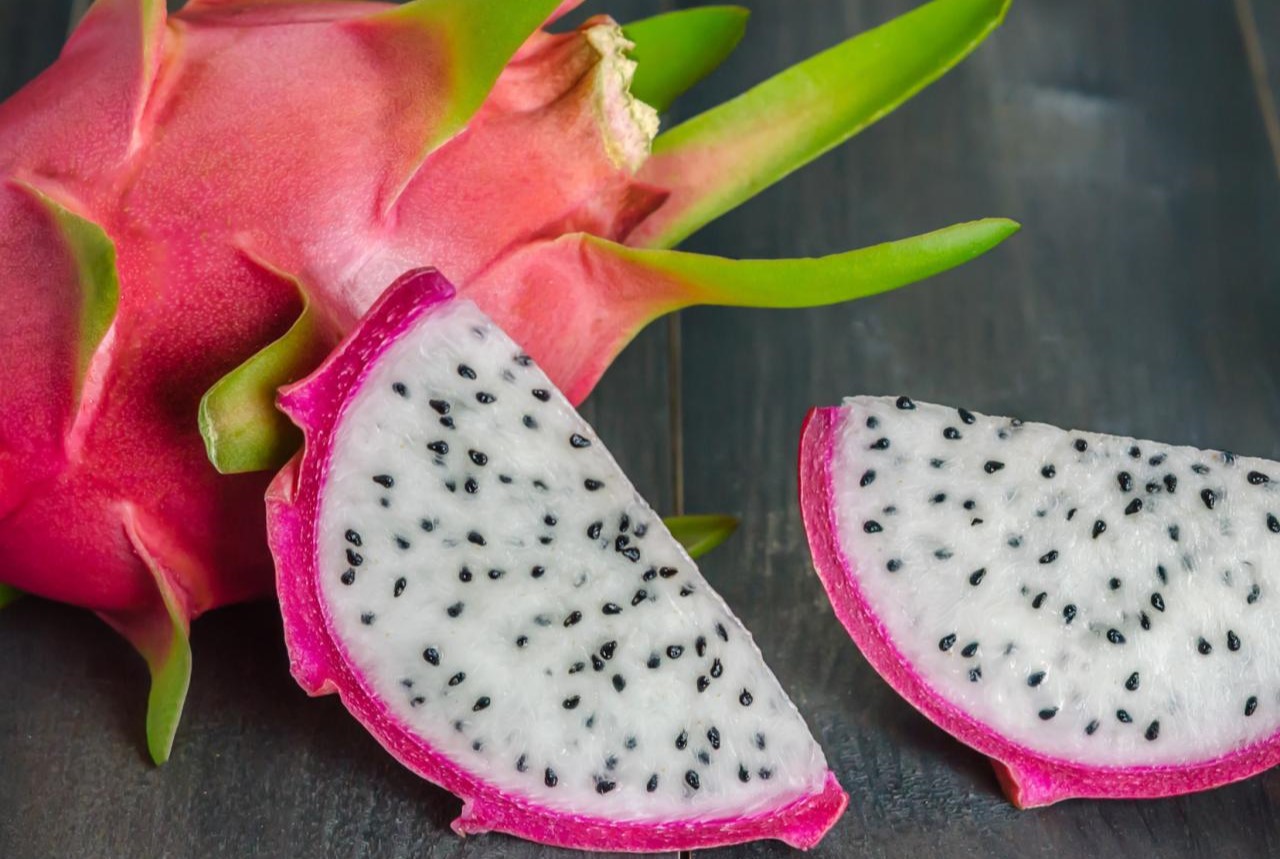
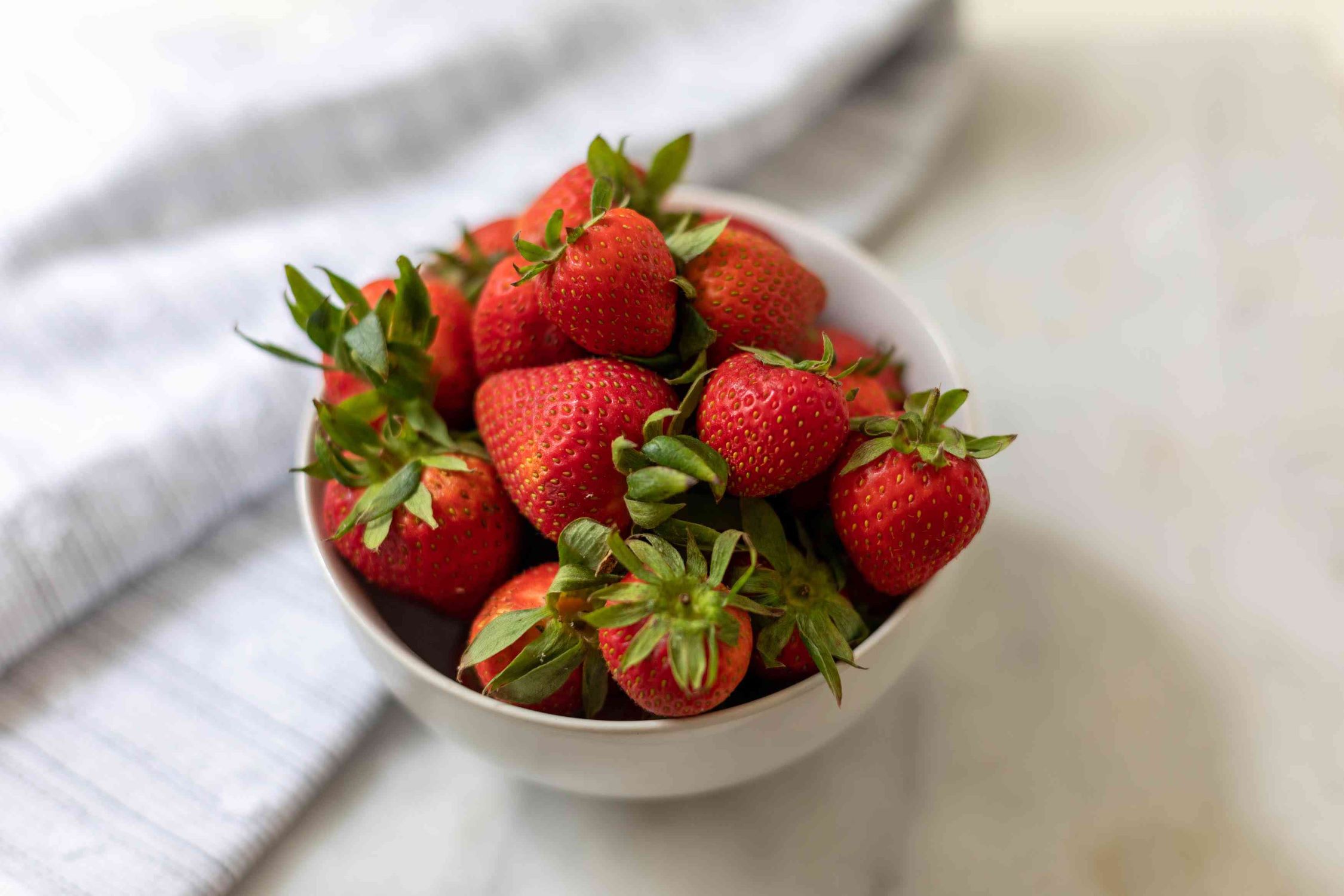

0 thoughts on “What Fruit Has Its Seeds On The Outside”